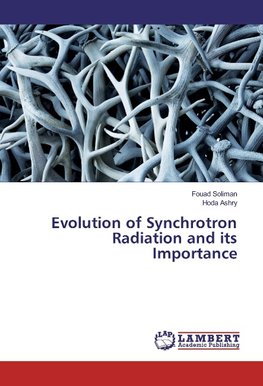
-
 Anglický jazyk
Anglický jazyk
Evolution of Synchrotron Radiation and its Importance
Autor: Fouad Soliman
Synchrotron radiation is the electromagnetic radiation emitted when charged particles are accelerated radially, i.e., when they are subject to an acceleration perpendicular to their velocity (a¿v). It is produced, for example, in synchrotrons using bending... Viac o knihe
Na objednávku, dodanie 2-4 týždne
46.17 €
bežná cena: 51.30 €
O knihe
Synchrotron radiation is the electromagnetic radiation emitted when charged particles are accelerated radially, i.e., when they are subject to an acceleration perpendicular to their velocity (a¿v). It is produced, for example, in synchrotrons using bending magnets, undulators and/or wigglers. If the particle is non-relativistic, then the emission is called cyclotron emission. If, on the other hand, the particles are relativistic, sometimes referred to as ultra relativistic, the emission is called synchrotron emission. Synchrotron radiation may be achieved artificially in synchrotrons or storage rings, or naturally by fast electrons moving through magnetic fields. The radiation produced in this way has a characteristic polarization and the frequencies generated can range over the entire electromagnetic spectrum which is also called continuum radiation. Synchrotron radiation was named after its discovery in Schenectady, New York from a General Electric synchrotron accelerator built in 1946 and announced in May 1947 by Frank Elder, Anatole Gurewitsch, Robert Langmuir and Herb Pollock in a letter entitled "Radiation from Electrons in a Synchrotron".
- Vydavateľstvo: LAP LAMBERT Academic Publishing
- Rok vydania: 2017
- Formát: Paperback
- Rozmer: 220 x 150 mm
- Jazyk: Anglický jazyk
- ISBN: 9786202013857











 Nemecký jazyk
Nemecký jazyk 
